Spectrum of Teaching Styles Overview
This is a blog based on podcast episode #254. This is the first blog out of a short series explaining Mosston & Ashworth’s Spectrum of Teaching Styles. In this episode we (Alba and Risto) briefly explain what the Spectrum of Teaching Styles is. The next blogs will provide an overview of each of the 11 styles. You can listen to episode #254 of the Playing with Research in Health and Physical Education Podcast here. This blog is almost verbatim from the podcast, so if you prefer an audio version head on over to the podcast! All of the podcasts are categorized by category on a google doc that you can find as the pinned tweet on the account @theHPEpodcast on Twitter. Alternatively, you can find it here.
Muska Mosston introduced the Spectrum of Teaching Styles to PE in 1966. The idea was to "offer a universal, comprehensive body of knowledge about teaching and learning". In other words, it brings lots of different teaching instructional approaches-from which teachers select the best AT THAT TIME to realize the learning objectives within their context.
When the Spectrum was created, Mosston observed that PE was seen through a binary view. What this means is that one type of teaching or content is seen to be better than another. This also pits these teaching styles as opposites. So, a battle ensues where people try to fight over if moving is better for kids than knowing about movement, or teaching fitness is better than teaching sports skills. Mosston aimed to propose a non-versus approach and develop a framework- -that would allow teachers to learn a full range of educational concepts. The basis of this framework is decision-making.
The value of the Spectrum to learners can only be fully achieved when teachers are able to use a full range of teaching-learning styles appropriately. In that sense, all behaviors contribute to educational objectives, and no style is more important than any other. Mosston talked about the idea of tools for teaching and learning. Each style has its unique learning conditions and objectives, they are more or less appropriate given the purposes, the context in which it is presented, and the learners involved in learning. So, each style is like one tool in a tool kit that needs to be well equipped for appropriate teaching and learning decision-making. So, for example, you can have the best hammer in the world, but if you need a drill, it will not help. Shout out to Shane Pill and Brendan Sue See on that analogy!
The Spectrum has six Premises. You can read more about these 6 premises in the book (see link at the end of blog) but here is the main idea of all of them: (1) every “teaching behavior is a chain of decision making”. So, the decisions are made in every teaching-learning event and are a result of previous decisions. (2) There are three categories of decisions that have to do with the decisions teachers make before teaching-so, in the planning process, during teaching, so in class, and after teaching, so, the assessment decision. (3) Both teachers and students can make decisions in any decision category mentioned above. (4) The spectrum has 11 landmark teaching-learning approaches. These are the styles that we will be talking through during the next episodes. (5) This approach follows the understanding that humans have the capacity to produce and reproduce knowledge. So, people can reproduce known knowledge, replicate models, and practice skills---think about remembering vocabulary lists, or the multiplication tables but they can also produce a range of ideas, venture into the new, and tap into the yet unknown---like discovering that if you step with opposition on an overhand throw, you are able to further and more powerfully.
In the cluster of styles from F to K production of new knowledge is encouraged. So, students discover knowledge. The line between these two clusters is called the discovery threshold. BUT… remember, production of knowledge doesn’t need to be the discovery of something not known to humanity! You as a teacher are just leading the student to learn in a way that is through DISCOVERY instead of rote memorization.
And (6) this approach considers the why and what of education. In the Spectrum, each landmark style emphasizes certain objectives for learners to achieve. So, the decision of the teacher and the style of teaching develop unique experiences that influence students learning. The ability of the teacher to identify the attributes is what makes it possible for them to assess the quality and focus of each educational experience.
It is important to understand that even though the Spectrum is presented in a linear way ….it is not. All the elements are intertwined in an inseparable relationship. Again, no one style is more important or better than the other. The interaction between teaching behavior, learning behavior, and objectives is always a unit. This is called the T-L-O relationship and each style is defined by this relationship. This means that each style has its own T-L-O. For any teacher-learner interaction, there are two sets of objectives. The subject matter objectives have to do with the content. We can link this to the cognitive and psychomotor domains in PE. Examples can be performing a style of dance, serving a tennis ball, dribbling a basketball, creating new strategies in a game, etc. And the behavior objectives that are more aligned with what we identify in PE as the affective domain. An example is how the learners cooperate with each other, self-assess their behavior, if they are honest, safe, etc.
Ok, in starting to wrap this up, there are AT LEAST four compelling reasons for developing and using The Spectrum mentioned in the book.
The first one is personal reasons. Every teacher will have a favorite way of teaching that is based on who they are, how they do things, and their beliefs. That is when we should ask ourselves if there isn’t more to teaching beyond our own teaching experiences. This leads to further reflection regarding the identification of the balance of your teaching style, awareness of where you are positioned on the spectrum, how this impacts your students, and if you are willing to expand your teaching strategies.
The second reason is the diversity of our students. Each student is unique and learns in a different way which leads us to look for different teaching strategies and pedagogical approaches. The Spectrum brings that possibility.
The third reason is the multiple curriculum objectives in PE. Teachers have standards, objectives, and content to cover in their curriculum. This calls for a range of teaching styles. Remember the mention of the tool kit above? Each style is a tool that has a structure of teaching behaviors that leads to different learning behaviors. When you are able to find a successful interaction between the need and the tool, your objective can be achieved.
The last reason mentioned is the need for an Integrated Framework. Every activity we teach in PE can be taught using styles that need reproduction or production of knowledge. For example, you can teach students about rhythm and dance having them explore different ways of moving to the sound of music. In this case, students will be able to make their own decision. However, when aiming to teach choreography, all your students need to move equally, at the same time, and at the same pace. This leads to a style in which the teacher makes the decisions, provides feedback to enhance students’ movement performance, and so on. Different teaching styles are used in different parts of PE lessons as well. In the same class, you can have a small-sided game in which students will make more decisions. This can be followed by a skill practice that will ask for repetition of movement to enhance performance. In this case, the teacher’s decision will be predominant.
So, again, the spectrum is based on decision-making in teaching and learning. It provides a range of teaching styles to support teachers, and learners’ decision-making process. No style is better or more relevant than any other.
Hope that overview helped. We will keep launching weekly blogs explaining the 11 teaching styles.
Thanks for reading!
Alba and Risto
For more resources see below:
Full Cite: Mosston, M., & Ashworth, S. (2008). Teaching physical education: First online edition, 2008. https://spectrumofteachingstyles.org/index.php?id=16
Visit: https://www.spectrumofteachingstyles.org
Twitter: @spectrumots

